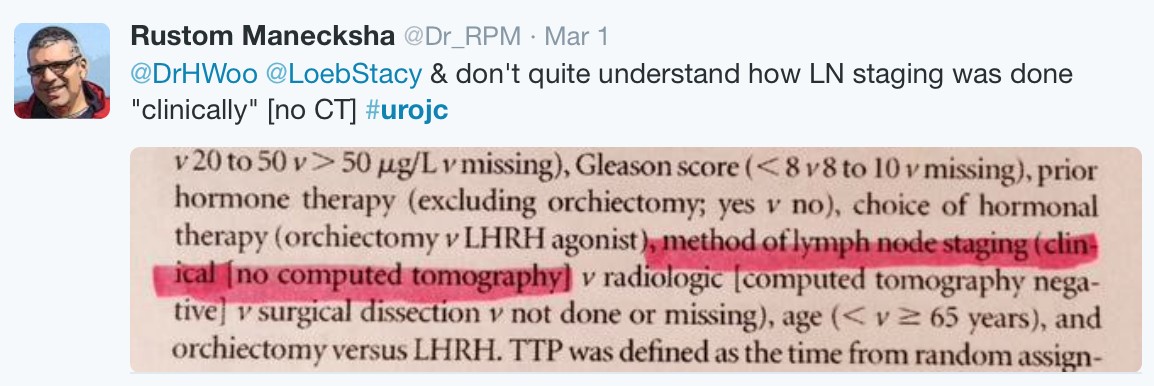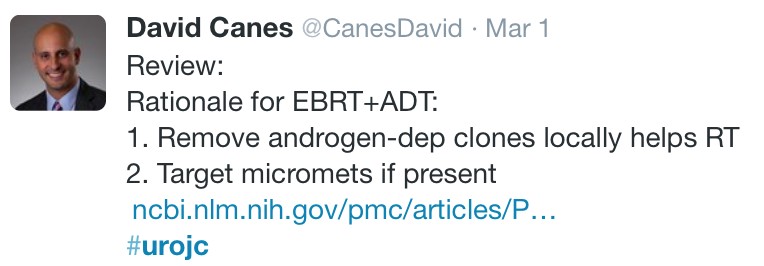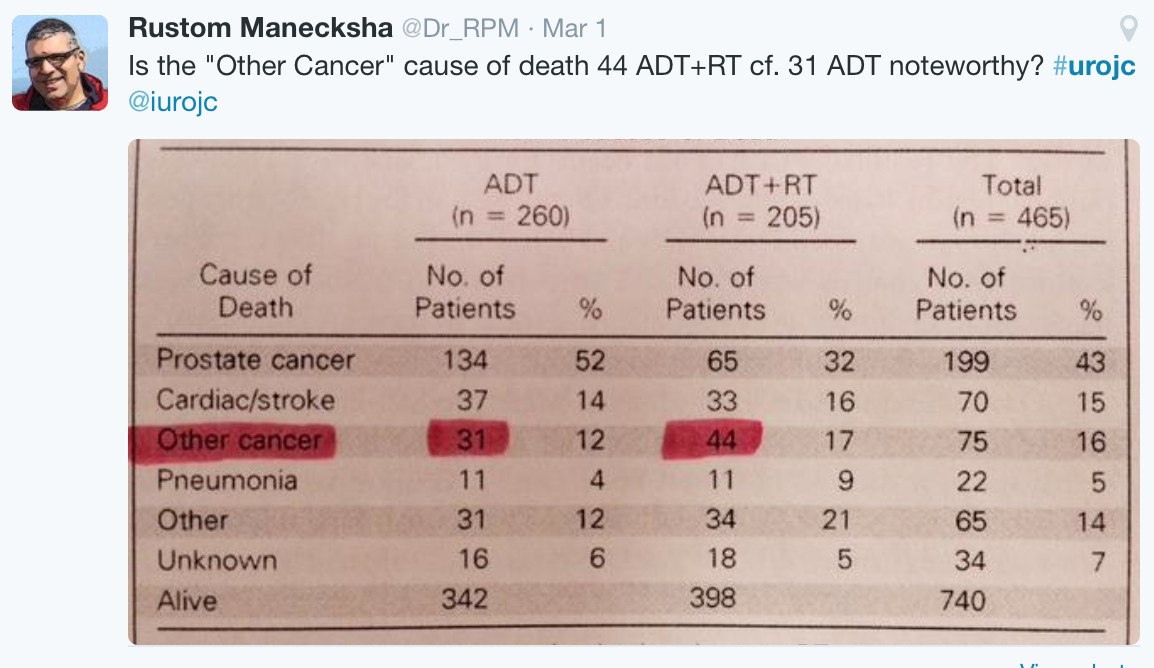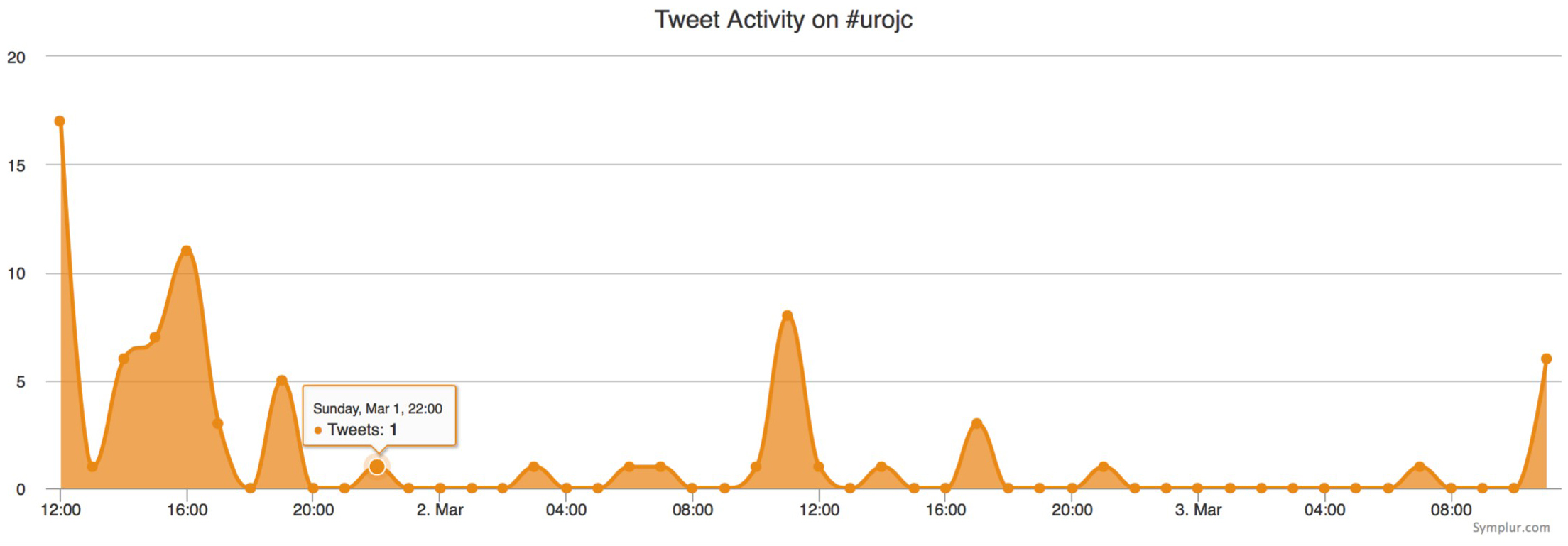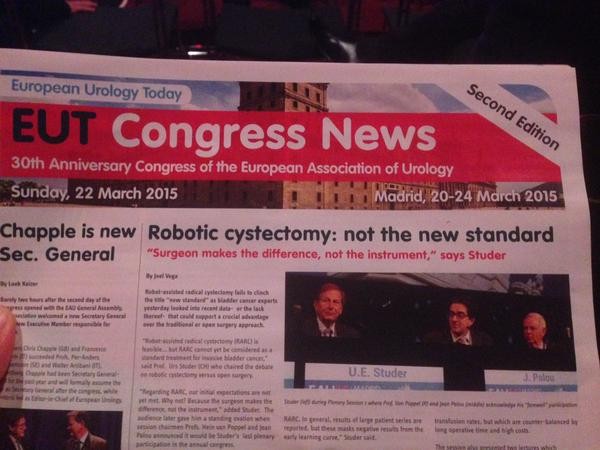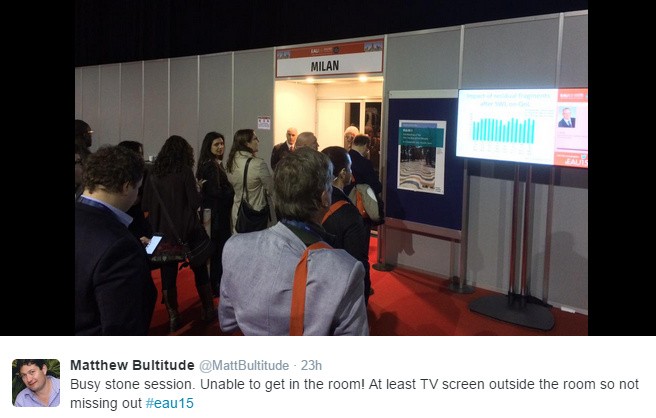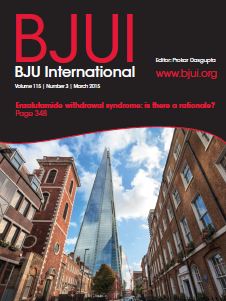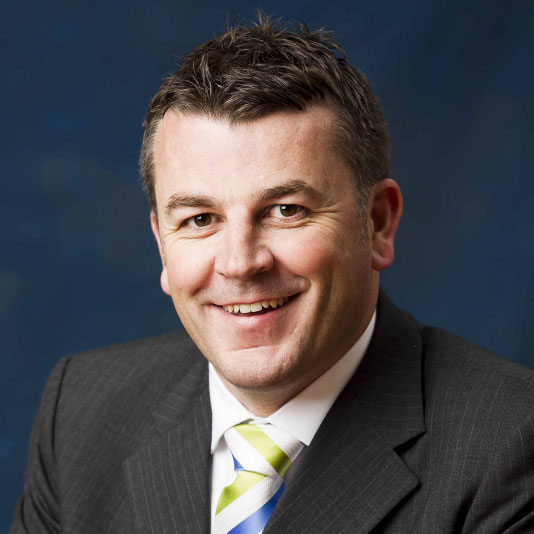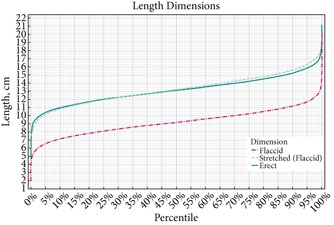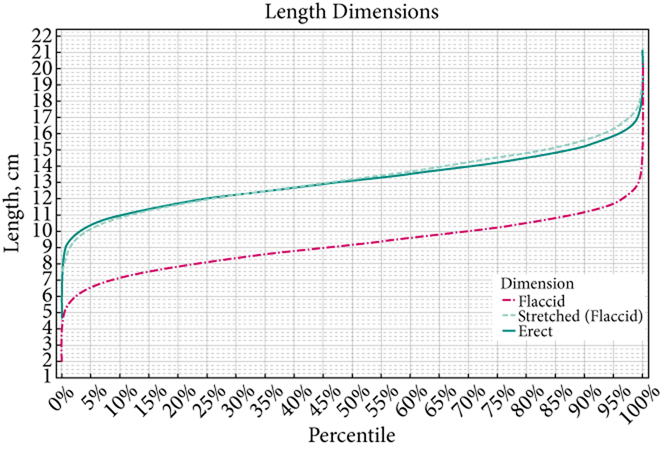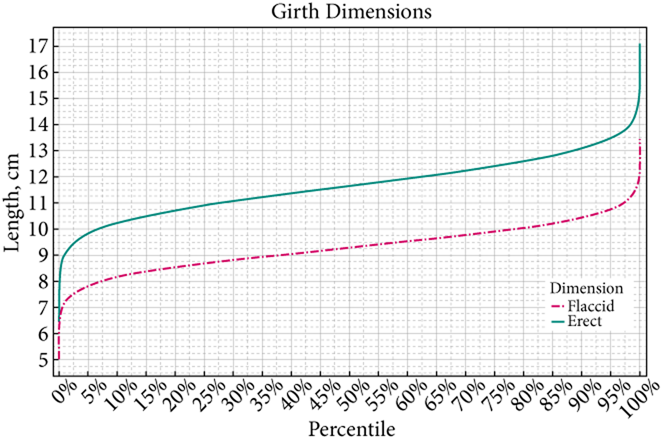Editorial: How much potential for Transient Receptor Potential channels in the bladder?
In this issue of the BJUI, Charrua et al. [1] report on the possible interaction of two members of the vanilloid subfamily of transient receptor potential (TRP) channels in the control of rat urinary bladder function, TRPV1 and TRPV4. TRP channels are a family of cation-selective channels with 28 known mammalian members. Six of them belong to the subfamily of vanilloid receptors (TRPV channels) and fall into four groups, TRPV1/TRPV2, TRPV3, TRPV4, and TRPV5/TRPV6. The physiological and pharmacological interest in these channels results largely from the finding that they can be activated by a plethora of physical and chemical stimuli; accordingly, they have been implicated in sensory function and pathophysiology of many organ systems [2]. A breakthrough in our understanding of such channels came with the reporting of TRPV1 and TRPV4 knock-out mice, which also exhibit a bladder phenotype; the role of TRP channels in lower urinary tract function has comprehensively been reviewed recently [3].
While the physiological regulation of TRPV1 by endogenous mediators is poorly understood, natural compounds such as capsaicin or resiniferatoxin are acute agonists of TRPV1 channels; however, over time, they desensitise the channel and hence act as inhibitors. These compounds have shown promise in the treatment of detrusor overactivity but also have problems attributed to their initial agonist effects [3]. TRPV4 are activated experimentally by hypotonicity induced cell swelling and several chemicals and more physiologically by moderate heat, stretch and shear stress, leading to the proposition that they may functions as a stretch sensor in the bladder. The inhibitory effects of TRPV1 agonists manifest only after prolonged exposure once desensitisation of their agonist effects occurs, and this initial agonistic phase is a source of undesirable effects. Therefore, a search is on for small molecules that have direct antagonist effects.
Charrua et al. [1] now report that two small molecule antagonists at TRPV1 and TRPV4, (SB355791 and RN1734, respectively) even in high doses did not affect bladder function in control rats. Intravesical installation of lipopolysaccharide is used to create an animal model of cystitis as it induces inflammation, detrusor overactivity and bladder pain. In this model, a high dose of the TRPV4 inhibitor reduced detrusor overactivity, whereas even the high dose of the TRPV1 inhibitor did not; however, a combination of ineffective doses of both inhibitors markedly decreased bladder reflex activity. On the other hand, each of the two drugs caused partial analgesia, but their combination was not more effective than either drug alone. This indicates an interesting functional interaction between TRPV1 and TRPV4 channels, which is specific for the overactivity vs the pain response. Previously, the Cruz group reported that bladder overactivity induced by nerve growth factor depends on the presence of functionally active TRPV1 [4]. Taken together this work shines light on networks of multiple mediators and their receptors that cooperate in the regulation of bladder function but previously have mainly been viewed in isolation. Such work may also have therapeutic consequences. As target-saturating concentrations of ligands at any of these receptors may cause relevant adverse effects, targeting multiple such receptors in low doses may open an avenue for a multi-pronged approach, particularly in patients with bladder dysfunction difficult to control with present treatment options.
This multiple target, low-dose approach is a therapeutically fascinating idea, but finding the right combination of doses in such a setting is a nightmare for any drug development scientist. Moreover, much of the specific role of such targets in pathophysiology remains to be explored before the present findings can be translated into clinical treatments, and the Charrua et al. study [1] will also help such efforts in other ways. Some of the initial thinking on the function of TRP channels in the control of bladder and other functions has been based on localisation studies with TRP channel antibodies, which may have been flawed. Similar to many other receptor antibodies [5], several of those directed against TRPV1 channels also have been shown to lack target specificity [6], leading to misunderstandings about the location and function of such channels. The validation for other TRPV1 and TRPV4 antibodies presented by Charrua et al. [1] will allow more robust studies in this regard and help to develop more valid understanding of TRP channels in physiology, pathophysiology and as treatment targets.






